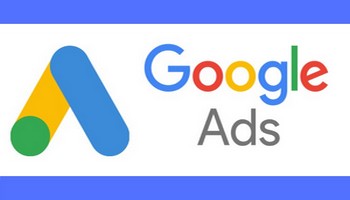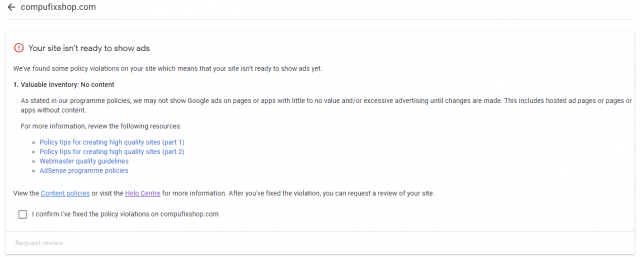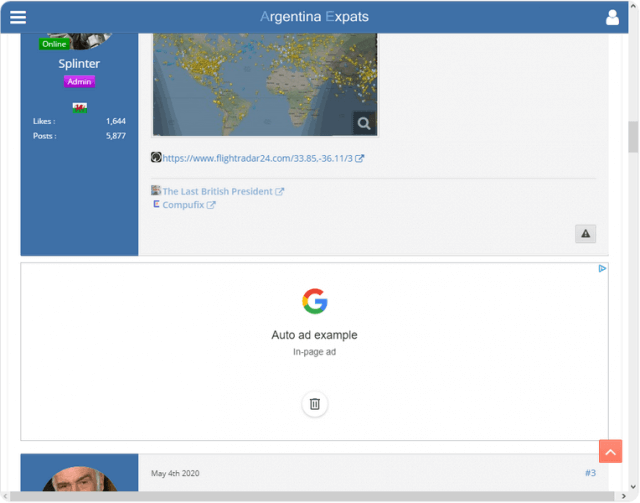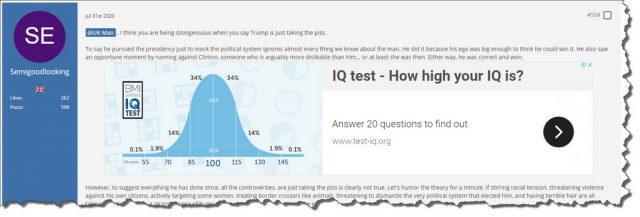No one likes ads apparently, but what most people fail to realise by blocking them, is that ads pay for many websites today and without them, it would be difficult to maintain the running costs– Dave’s Computer Tips is a prime example. Years ago I used to subscribe to a couple of computer magazines, PC Format, and PC Adviser and naturally, they contained advertisements that didn’t distract or annoy me in the slightest. In fact, many were very useful for checking out the latest bargains and for comparing prices. I also used to buy Computer Shopper depending on how much room I had in my briefcase at the time because it was nearly an inch thick with most of the content being advertisements.
By the early 2000’s I could have built a medium-sized house with all the magazines stacked up around me and of course with the Internet came the demise of many magazines, with the transfer of those ads to websites. But now it’s a different kind of advertising to what we saw in those days and Google would have us believe that it’s intelligent ad placement which is based on our browsing habits, but they don’t always get it right.
Here’s how I started with my ads campaign on 13th August.
Set Up Your Ad Account With AdSense
As I outlined in another article, How To Monetise Your YouTube Channel, you’ll need to complete your banking details and once that’s done, choose which type of advertising you want on your site. The first thing Google will ask is the URL of your site and then you’ll submit it for advertising approval. I submitted two of my sites — Argentinaexpats. org and Compufixshop.com — however, only the first one was approved for advertising, presumably because the latter doesn’t get enough traffic. In fact, on further investigation it turns out that my Compufix website simply doesn’t have enough text content, images outweigh text quite substantially and hardly anyone visits the site. I can fix that by removing it from AdSense, adding more content, upping the visibility and applying again.
I would hardly refer to not having enough content as a policy violation, which sounds a little strong for my taste, but nevertheless, Argentinaexpats.org was accepted after a few days, probably because there is more traffic and a heck of a lot of text– about 250 views per day, as opposed to practically nothing.
Once your site is approved, you’ll receive code from AdSense which you’ll need to place on every page on your site. However, most modern content management systems have plugins that take care of all that hard work for you. In my case, the WoltLab software has advertising options built in and all I had to do was insert the AdSense code through the admin section where indicated and the rest is taken care of. Then comes the important choice of what kind of advertisement placement to choose from, which itself is trial and error because it takes several hours or more than a day for a pattern of ads to appear. I chose Auto-ads simply because it’s the recommended setting, but it can be fine-tuned. For example, I didn’t want a banner ad at the top of the home page to be the very first thing that visitors would see and I certainly didn’t want ads inserted inside forum posts and breaking up the flow of the text. However, with auto ads, that’s precisely what happens, but you can edit this and choose not to have ads displayed in certain areas.
Before signing up for ads on the forum, I made sure all the members were aware of the plan and also asked for feedback once the campaign was up and running. The biggest complaint so far has been that ads are appearing in the middle of posts, which clearly is something I was hoping to avoid.
In the end, it’s all about fine-tuning and the very clever live preview of the forum in AdSense helps a great deal in that respect, but I may have to uncheck Auto-ads and use a less intrusive choice of ad placement. Besides, a week is nowhere near enough time to come to any major conclusions and I expect to run the campaign for at least three months and then see if the ad revenue is justified.
Finally, here is a selection of ads that have recently appeared, causing very different reactions from forum members.
(Ed note: Naked beach girl ad image removed because AdSense will flag this as a violation)
From what I understand, Google’s analysis algorithms can easily spot nakedness, boobs, nipples, and that kind of shocking website content, which it frowns upon, but ironically has no problem inserting ads of naked women into your website. If you’re scratching your head at that one, then so am I.
Apparently, Second Life is a kind of virtual dating game and what do you know? You are enticed into the game by a busty avatar which presumably means that my browsing has been largely gaming and boobs related. Virtual dating is not my bag by the way and I wasn’t the recipient of the naked beach girl, oddly enough.
*FURTHER READING: How To Monetise Your YouTube Channel
—







